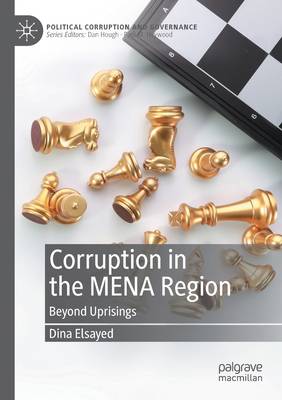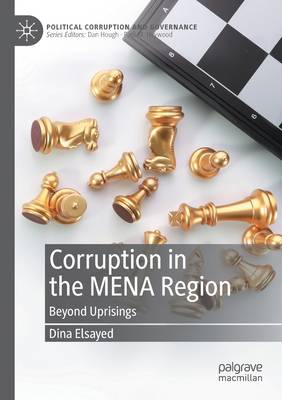
- Afhalen na 1 uur in een winkel met voorraad
- Gratis thuislevering in België vanaf € 30
- Ruim aanbod met 7 miljoen producten
- Afhalen na 1 uur in een winkel met voorraad
- Gratis thuislevering in België vanaf € 30
- Ruim aanbod met 7 miljoen producten
Omschrijving
This book explores the causes of corruption in the Middle East and North Africa through a systematic cross-national comparative analysis of fifteen countries in the region. It aims to explain causal relationships between corruption and differences in political and socio-economic dimensions within these different countries over the period 1999-2010. The countries are grouped together into three sub-regions (the Gulf region, North Africa, and Mashreq plus Yemen). The author finds that the main variables that showed robustness in impacting the intensity of corruption are the rule of law, quality of regulations, and trade openness. Poverty rates and income inequality have been clear triggers for petty corruption. Meanwhile, natural resources endowments have shown less of an impact on the levels of corruption, and similarly women's empowerment has not been found to be a strong indicator.
Specificaties
Betrokkenen
- Auteur(s):
- Uitgeverij:
Inhoud
- Aantal bladzijden:
- 343
- Taal:
- Engels
- Reeks:
Eigenschappen
- Productcode (EAN):
- 9783030553166
- Verschijningsdatum:
- 3/11/2021
- Uitvoering:
- Paperback
- Formaat:
- Trade paperback (VS)
- Afmetingen:
- 148 mm x 210 mm
- Gewicht:
- 476 g

Alleen bij Standaard Boekhandel
Beoordelingen
We publiceren alleen reviews die voldoen aan de voorwaarden voor reviews. Bekijk onze voorwaarden voor reviews.











